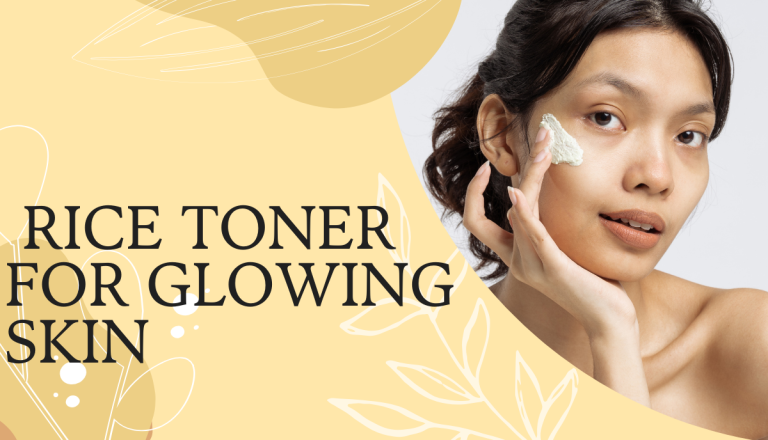Shields breastfeeding
Contents
Introduction
Breastfeeding shields, also known as nipple shields, are thin, stretchy silicone covers worn over the nipple during breastfeeding. They are premeditated to help babies latch on more easily, specific in cases of inverted nipples, sore nipples, or when transitioning from bottle feeding to breastfeeding. These shields can be a momentary solution to inspire direct breastfeeding, though they should be used under the management of a healthcare qualified to certify they do not mark milk source or the breastfeeding process. Breastfeeding shields, often mentioned to as nipple shields, are specialized tools premeditated to support mothers during the nursing process. These thin, stretchy asylums made from silicone are placed over the nipple and areola to help simplify a better latch by the baby, which can be critical for actual breastfeeding. Here inclusive look at nipple shields, counting their uses, assistances, and deliberations.
What are Breastfeeding Shields?
Breastfeeding shields, also known as nipple shields, are thin, stretchy silicone covers premeditated to be dilapidated over the nipple during breastfeeding. These shields are chiefly used to assistance in conditions where there are latching complications or nipple disquiet. They work by defensive sore or splintered nipples, serving babies latch onto the breast more effortlessly, and can be predominantly useful for premature babies or infants who have struggle transitioning from decanter feeding to breastfeeding. The shield’s profile and material are meant to caricaturist the natural feel of the breast, while minor holes at the tip allow milk to movement through to the baby. While advantageous in explicit circumstances, it’s significant to use nipple shields under the leadership of a healthcare professional to certify they are used appropriately and do not restrict with the breastfeeding procedure or milk supply.
When are They Used?
Breastfeeding shields are used in definite circumstances to aid the breastfeeding process. Here are the chief conditions where they might be recommended:
1. Nipple Pain or Trauma:
Shields can deliver relief and defense for sore, splintered, or bleeding nipples, allowing mothers to endure breastfeeding more contentedly.
2. Latch Difficulties:
Some babies, newborns or those with anatomical challenges such as a tongue-tie, might have exertion achieving a proper latch. A nipple shield can assistance by making the nipple more noticeable and easier for the baby to grasp.
3. Premature Babies:
Infants born precipitately may not have fully industrialized sucking reflexes and can benefit from the use of a nipple shield, which abridges the handle and sucking process.
4. Transitioning from Bottle to Breast:
Babies who are rummage-sale to bottle feeding may fray to adapt to breastfeeding. Nipple shields can variety the breast feel more like a bottle nipple, which can ease this development.
5. Flat or Inverted Nipples:
Shields can be chiefly helpful for mothers with flat or inverted nipples, as they can make it calmer for the baby to latch on effectively. While nipple shields can be priceless tool under these situations, it’s crucial to use them under the administration of a healthcare professional to confirm they are used suitably and to avoid possible issues like reduced milk supply or protracted dependency on the shield
Benefits of Using Breastfeeding Shields:
Breastfeeding shields proposal numerous benefits, predominantly in stimulating breastfeeding situations. Here’s a breakdown of the primary compensations:
1. Pain Relief:
One of the most instantaneous benefits of using nipple shields is the liberation they deliver from nipple pain and trauma. By creating a barricade between the nipple and the baby’s mouth, the shield can defend sensitive, sore, or cracked nipples, permitting them to heal and making breastfeeding more contented.
2. Improved Latching:
Nipple shields can be specifically helpful for babies who have struggle achieving a good latch. The shield’s strategy can make the breast more akin to the outline and feel of a bottle nipple, which may be calmer for some babies to latch onto successfully. This is predominantly valuable for infants with anatomical encounters or those transitioning from bottle to breast.
3. Enables Breastfeeding Continuation:
For mothers facing important breastfeeding encounters, nipple shields can be a critical tool that permits them to continue breastfeeding. Without such aids, some mothers might find it too aching or problematic to continue, possibly leading to early termination of breastfeeding.
4. Support for Special Conditions:
Babies who are premature, have special requirements, or agonize from situations like tongue-tie might find breastfeeding unswervingly from the breast challenging. Nipple shields can make the breast more available and controllable for these infants, confirming they accept the benefits of breast milk.
5. Helps with Flat or Inverted Nipples:
For mothers with flat or upturned nipples, nipple shields can provide a shape that babies can latch onto more effortlessly. This not only aids in operative feeding but also helps excite the nipples, hypothetically drawing them out over time through regular use. While nipple shields provide these assistances, it’s significant to use them sensibly and ideally under the leadership of a lactation consultant or healthcare benefactor. This certifies that they attend as a helpful tool without meddlesome with the natural breastfeeding process or milk supply.
Considerations and Cautions
While nipple shields can be very cooperative in certain breastfeeding circumstances, there are significant deliberations and attentions to keep in mind to certify their use is safe and operative:
1. Consultation with Healthcare Professionals: It’s crucial to use nipple shields under the management of a lactation consultant or healthcare provider. These specialists can provide instructions on how to use the shield correctly, help normalize if it’s necessary, and assist in speaking any underlying issues distressing breastfeeding.
2. Impact on Milk Supply: One of the potential dangers connected with the use of nipple shields is a lessening in milk supply. This can occur if the shield averts satisfactory inspiration of the breast or if the baby is unable to remove milk professionally through the shield. Consistent intensive care of the baby’s weight and growth can help certify that they are getting abundant milk.
3. Dependency: Some babies may become familiar to the shield and battle breastfeeding without it. This addiction can complicate the conversion away from the shield. It’s important to work on weaning off the shield when appropriate, under the supervision of a healthcare provider.
4. Proper Fit and Hygiene: Using a nipple shield that fits properly is important, as a poorly fitting shield can cause embarrassment and may not be effective in aiding breastfeeding. Furthermore, nipple shields must be kept clean to avert infections. Consistent washing and sterilizing are required to maintain hygiene.
5. Observing Baby’s Feeding Cues: Mothers using nipple shields requirement to be predominantly observant of their baby’s feeding prompts to certify they are feeding efficiently and frequently enough. This includes watching for signs of hunger, fulfillment, and the quantity of wet and dirty diapers.
6. Transitioning Off the Shield: Ideally, the use of a nipple shield is a temporary degree. Parents should have a plan for progressively phasing out the shield, again under specialized supervision, to help the baby adjust to straight breastfeeding. By seeing these factors, mothers can use nipple shields successfully as a tool to provision breastfeeding, while also occupied towards resolving any topics that required their use.
Conclusion
In conclusion, breastfeeding shields can attend as appreciated tool for mothers facing detailed breastfeeding contests, such as nipple pain, latch complications, or conditions that constrain a baby’s capability to breastfeed successfully. When used appropriately and under professional supervision, nipple shields can meaningfully enhance the breastfeeding involvement by providing pain relief, enabling a better latch, and enabling continued breastfeeding in circumstances where it might otherwise be problematic. However, it’s critical to tactic the use of nipple shields with mindfulness. They should be seen as a temporary aid rather than a long-term solution. Proper fit, hygiene, and careful monitoring of the baby’s feeding and growth are essential to ensure that the shields are benefiting slightly than obstructive the breastfeeding procedure. Eventually, with the right sustenance and supervision, nipple shields can help overwhelmed initial breastfeeding steeplechases, making it a more successful and pleasurable involvement for both mother and baby.


